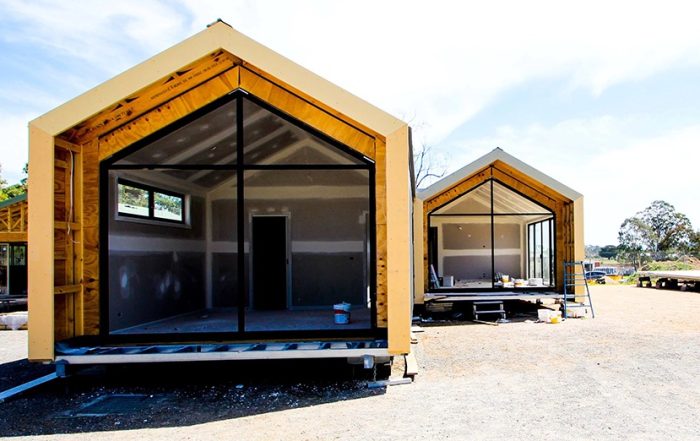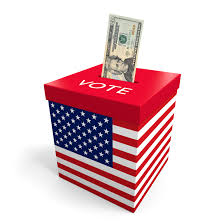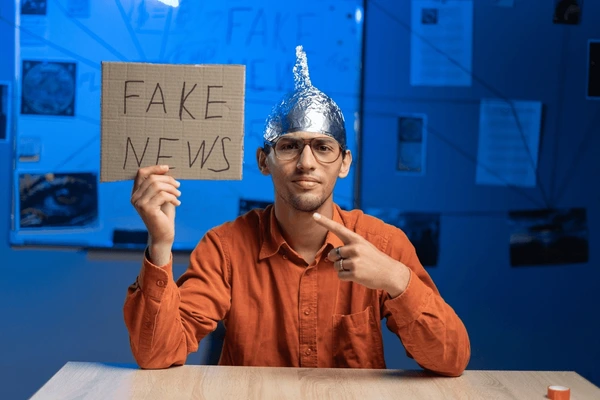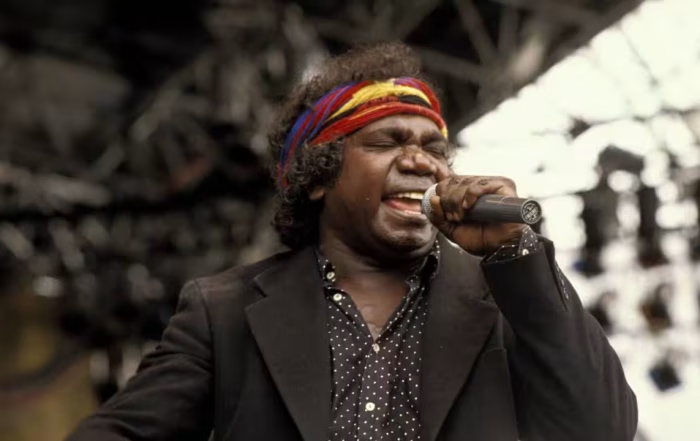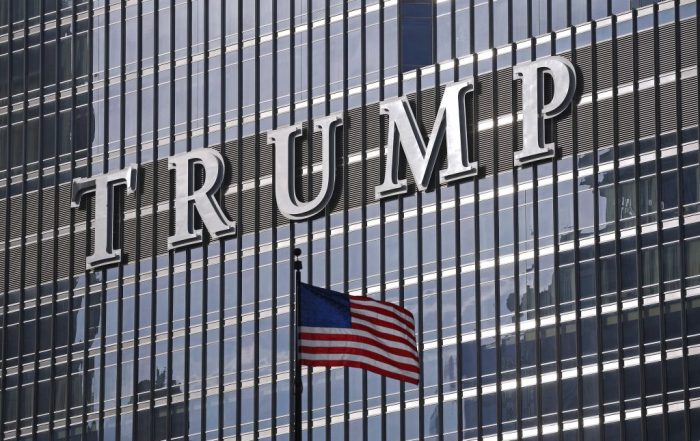The First Six Months of Trump
Trump has been in power for six months, so it is worthwhile to look at how he has performed. Here are a few of the areas he discussed before the election and how he has addressed them since.
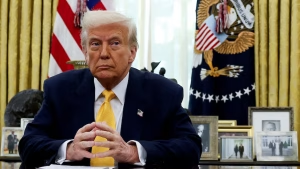
Immigration.
He promised to stop the flood of people across the border from Mexico, and he has done that. Illegal crossings are few. For example, on June 28, just 136 people were apprehended—an all-time low single-day total. Trump receives a big thumbs up for this initiative.
Deportation.
Trump came to power saying he would deport millions of immigrants. He also said he would employ 100,000 ICE agents. According to the Washington Post, he deported 239,000 people in the first half of 2025. While this may seem like a lot, Biden deported 341,000 in his last year. Many of those deported were recent arrivals rather than long-term immigrants.
In terms of detentions, he has ramped up with 56,000 detentions in June. The problem he faces is that court rulings and challenges have stalled the actual deportation of many of these people. In addition, local support for immigrants who have lived peacefully in a local community is causing ICE agents difficulty in detaining and processing people.
Regarding recruitment, his Big Beautiful Bill allocates $165 to DHS. Much of this will likely be incorporated into recruitment. Where they will find 100,000 people is unclear. It is a significant task to recruit and train a workforce.
Bringing Manufacturing to America
Trump said that he would use tariffs to bring manufacturing back to America. There have been some investment decisions, such as GM committing $4 billion to shift some production from Mexico back to the U.S.
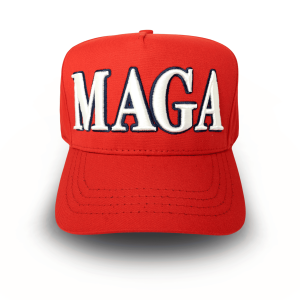 Companies like Johnson & Johnson ($55 billion), Merck ($1 billion plant), Abbott ($500 million), Chobani, Honda, Hyundai ($21 billion through 2028), IBM ($150 billion over 5 years), and Nvidia are investing heavily in U.S. manufacturing. On the other hand, these organisations are constantly expanding, and regardless of the government in power, they will continue to invest.
Companies like Johnson & Johnson ($55 billion), Merck ($1 billion plant), Abbott ($500 million), Chobani, Honda, Hyundai ($21 billion through 2028), IBM ($150 billion over 5 years), and Nvidia are investing heavily in U.S. manufacturing. On the other hand, these organisations are constantly expanding, and regardless of the government in power, they will continue to invest.
TSMC announced a $100 billion expansion of chip manufacturing in Arizona, which Trump highlighted as key to economic security. The decision was more influenced by Biden’s chip manufacturing bill.
Trump’s second-term push has included heavy tariffs, regulatory cuts, changes to federal procurement, and a flurry of private-sector investment pledges. While some reshoring has occurred—especially among tech, pharma, autos, and defence sectors—overall manufacturing growth remains modest. Those areas where the labour cost advantage is most evident, such as clothing, have not, and are likely never to return to the US. Tariff-related costs, supply chain complexity, and shifting strategies, such as friend-shoring, continue to complicate the “manufacturing comeback.” The result: symbolic momentum and incremental gains rather than a sweeping industrial revival.
Tariff
Aside from spawning an acronym, TACO (Trump Always Chickens Out), tariffs have not achieved much in either increasing US manufacturing or forcing the world to open up markets.
On the positive side, NAFTA (North American Free Trade Agreement) has been renegotiated with more favourable terms to the US. Agreements have been reached with China, but they have not yet been put into effect. Some steel and aluminium factories have reopened. The semiconductor sector continues to grow; however, this was initiated by Biden. Although the trade deficit with China has decreased, it has increased with other countries, such as Vietnam and Mexico.
On the negative side, the overall U.S. trade deficit hit record highs in 2021–2024, offsetting any short-term reductions. Manufacturing output stagnated; post-COVID recovery remained modest, and factory jobs plateaued, with most companies opting for “friend-shoring” (Vietnam, Mexico) instead of U.S. reshoring.
Tariffs acted as a tax on American consumers and businesses. Studies estimate tariffs cost U.S. households an average of $800–$1,200 per year in increased prices. Key export sectors, such as agriculture (particularly soybeans), were severely impacted by retaliatory tariffs, necessitating tens of billions in federal bailout payments. Companies restructured their supply chains around tariffs (e.g., rerouting through Vietnam), increasing complexity without resorting to reshoring.
Overall, the picture painted before the election of a boom in American manufacturing has not happened.
Exposing the Deep State
 Trump used to talk about obliterating the deep state. He would remove anyone opposed to him. This is one area where he has fulfilled his promise. He has fired 17 Inspector Generals. Inspectors General (IGs) are independent watchdogs inside U.S. federal government agencies. Their job is to monitor, investigate, and report on waste, fraud, abuse, and misconduct within their respective agencies.
Trump used to talk about obliterating the deep state. He would remove anyone opposed to him. This is one area where he has fulfilled his promise. He has fired 17 Inspector Generals. Inspectors General (IGs) are independent watchdogs inside U.S. federal government agencies. Their job is to monitor, investigate, and report on waste, fraud, abuse, and misconduct within their respective agencies.
He has stacked key positions with loyalists, although many had no experience in the area to which they were appointed. For example, Kash Patel is known as a staunch Trump loyalist but lacks traditional FBI experience and internal bureau credentials. He is totally unsuited as head of the FBI.
He did promise to expose all sorts of corruption and secrets within the Government, but it seems he has put that aside. The Jeffrey Epstein saga is the most recent and may harm his base. Regardless of whether there is anything to see or not, Trump does not want to release any more information than was available before he took office.
War in Ukraine
Trump was going to take 24 hours to end the war in Ukraine. The situation remains unchanged since he came to power. There are only two changes. Firstly, support from the US for Ukraine has stopped and started a few times, and secondly, Trump appears to have realised what everyone else knew. Putin is not interested in ending the war and is playing with Trump. We look forward to the 24 hours that will mark the end of the war.
War in Gaza
Trump has not been able to do anything about this war, which he also promised to end, aside from some ridiculous comments about turning Gaza into the Riviera of the Middle East. The thought bubble brought claims of ethnic cleansing or forced population removal. He seems incapable of standing up to Netanyahu, and it appears he is nothing more than the rest of us—a spectator.
Iran
Netanyahu has been saying for decades that Iran was weeks or months away from having nuclear weapons. He engineered a situation that drew the US in. Attack Iran, but know that you could not destroy the nuclear facilities and require the US to finish the job. Trump fell for it and used the bunker-busting bombs to attack the nuclear plant.
It is unclear if the bombs destroyed or just set back the development of nuclear weapons. It also appears that the Iranians moved out much of their equipment and supplies a few days before.
Trump got lucky in that Iran made a token retaliation, and all is quiet since then. It could have resulted in a strike on America that would drag it into another war. Given the way wars are fought today, it could still happen. Right now, Iran could be planning another World Trade Centre type attack. It may take a year or more to come to fruition.
As far as Iran’s nuclear capability, before Trump, there was visibility of their progress. Now there is none. We will not know if and to what extent they are advanced in developing weapons.
It should also be remembered that the leader is 86, paralysed on one side, half blind and has cancer. He is not going to last much longer, yet there is no positioning by the US for what will come after. It would be more sensible to start developing a government to take over when the Ayatollah dies.
Alliances
America has been the dominant global power since World War II. The NATO alliance was the major Western military alliance. Over the years, the United States was the primary funder and technology provider. Others relied on the US and contributed less than the US did.
 Trump has gotten a verbal commitment from NATO members to contribute more. This was the goal of every President in the last few decades. Whether the commitment comes to fruition, we will not know for several years.
Trump has gotten a verbal commitment from NATO members to contribute more. This was the goal of every President in the last few decades. Whether the commitment comes to fruition, we will not know for several years.
The additional spending is a double bonus for Trump. Not only can the US reduce spending on NATO and switch the money to the Pacific, where China is on the rise, but it also means more income for US Defence companies. That is, if the European countries decide to buy the US. They are currently upgrading their manufacturing capability. For example, Airbus is putting in a new factory to manufacture military aircraft.
There is a negative side to what is happening. Allies are becoming less confident in the US supporting them in the event of a conflict. Trump says he does not want to get into any wars, and his shifting points of view are raising questions about his credibility. This is starting to make many countries reevaluate their defence options. America is no longer the dominant power in the world. They are becoming isolationist, and if it is not in America’s best interest, it cannot be relied upon.
Social Policy
On abortion, he has pushed it back to the States to decide. It is too controversial even for Trump. On DEI, he has attempted to undermine it and has had some success. He has withheld federal funds from schools with “race or gender indoctrination”. He has expanded school choice programs – vouchers and federal support for private schooling. Revoked transgender protections in schools
Trump expanded “religious freedom” exemptions:
- Religious groups receive preferential treatment in federal grant programs.
- Faith-based adoption and foster care agencies can exclude LGBTQ+ couples without losing federal funding.
He encouraged Christian-led social services, with a new White House Faith Office coordinating directly with church groups.
The closing of the gap between rich and poor, if it ever was an objective for Trump, is failing. His tax cuts for the rich in the BBB will only widen the gap.
Summary
If you had to sum up Trump’s first half year in one word, it would be “chaotic”. He learned from his first term that unless you have a team of loyal supporters, you cannot achieve much. His first action was to stack the bureaucracy with his followers.
Saying you will do something, then making it happen when in power, has proven more complicated than he thought. His most significant achievement has probably been closing the border, or at least turning down the tap. Tariffs have not been the magic bullet he thought, and the bromance with Putin has ended.
Musk came and went without achieving much, except for cancelling foreign aid, which will come back to bite the US as the impact of no soft diplomacy is felt. Musk is likely to be a thorn in his side for the balance of his term.
America was already in decline as the most powerful nation in the world, and Trump is accelerating the decline. Perhaps, in decades to come, it will prove a good thing. Rather than a slow, debilitating move from the spotlight, maybe a quick but painful withdrawal to within their borders may be the better way to exit the stage. What is evident, though, is that although he has had some wins, they are far outweighed by what he promised and has yet to deliver.


